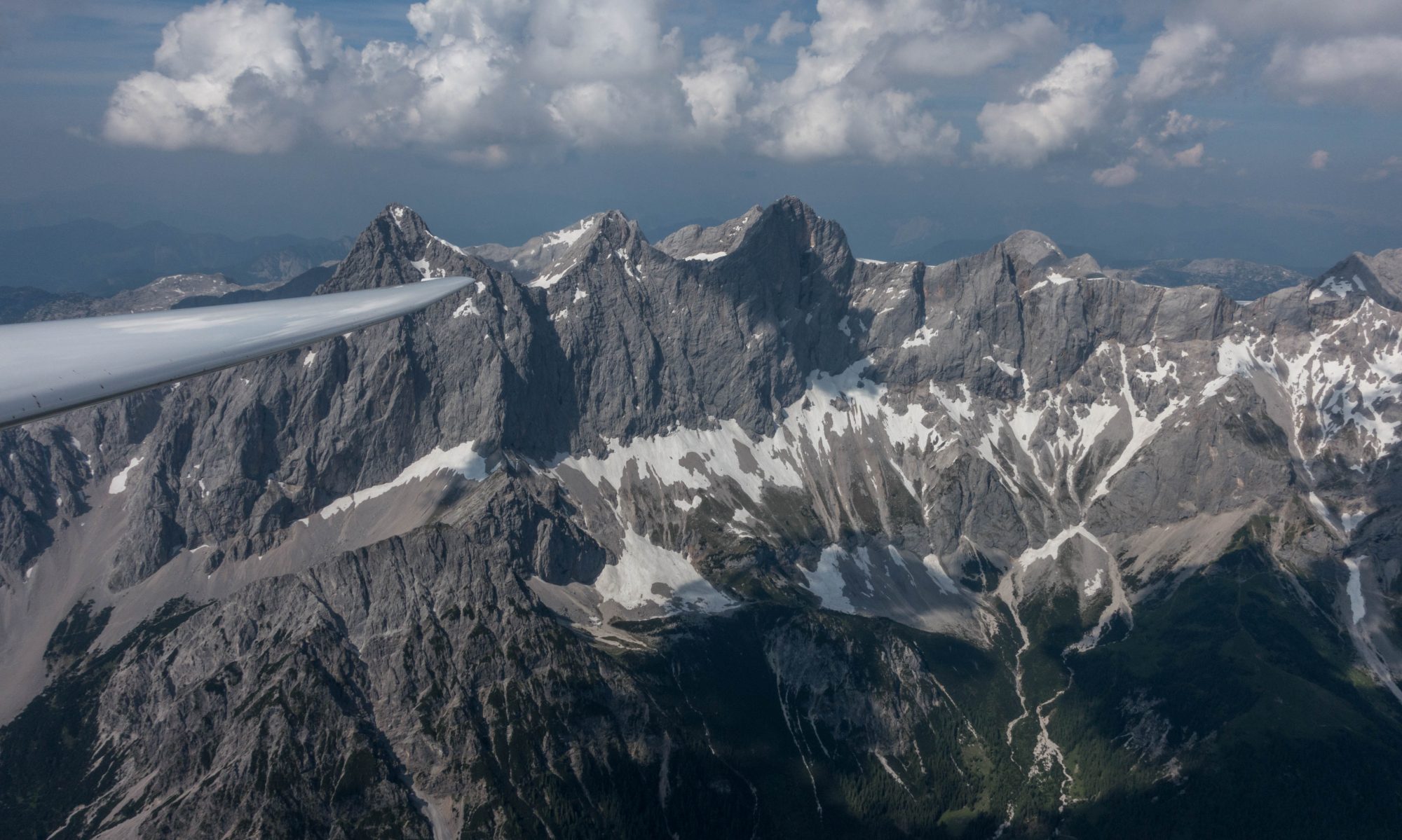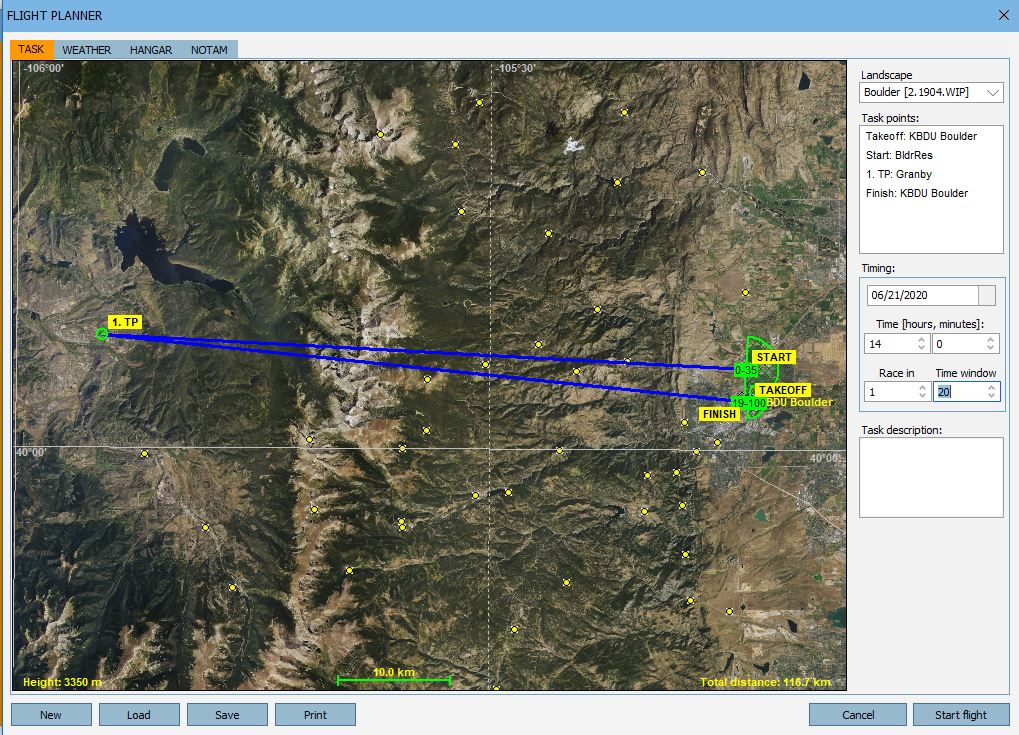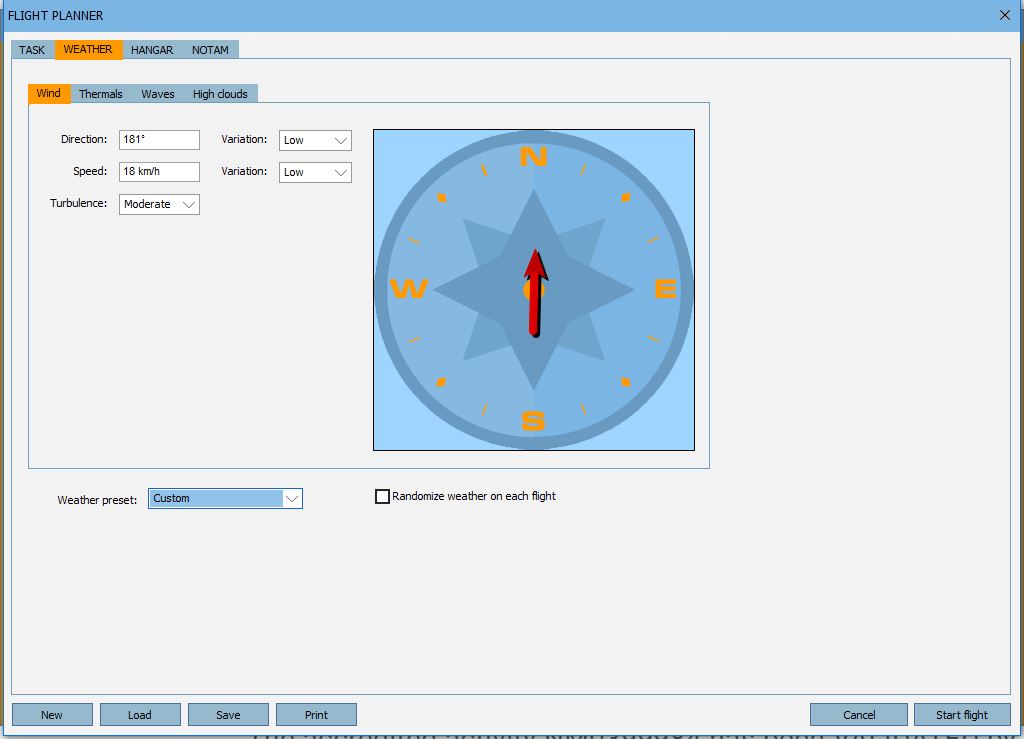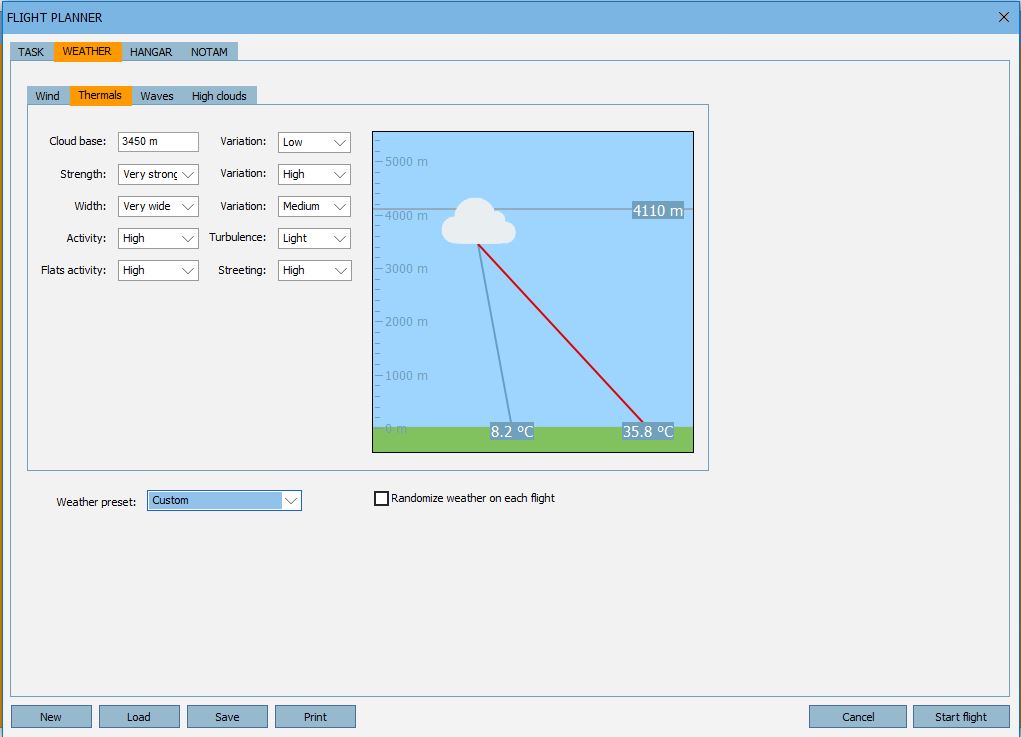Our third club flight will take us across the Continental Divide! Thanks to Colin Barry for recommending it.
We will have outstanding soaring weather with boomer thermals and all the miracles (“H” for thermal helpers; “Q” for plane or height recovery) will still be available. However, the conditions are gradually becoming more realistic with some wind and increasing variability.
TASK
Our task is a 116.7 km (72.5 miles) Out and Return flight that will take us to Granby and back. In real life this flight would qualify for Silver Distance and you would inevitably earn Silver Altitude as well. To complete your Silver Badge, all you would need in addition is a 5 hour duration flight. I promise we won’t do that in Condor ;-).
Colin rightfully pointed out that it would take a very committed pilot to declare this specific task as their Silver Badge goal. However, even though this flight is undoubtedly challenging it is not unsafe (in good weather) because you can keep an airport within glide the entire time (either Boulder or Granby).
(Btw – if you’re interested in real-life badge flying you can look up my recommendation for a more beginner-friendly Silver Badge in this article.)
The flight will once again start airborne at 1500 m (4921 ft) AGL above the Boulder airport. As soon as you enter the game, look for a nearby cloud to climb because you will want to get a bit higher before going on task.
The start of the task is a little north of the field, centered at Boulder Reservoir. The start sector will once again be a half-cylinder with a 3000 m radius. The maximum start altitude will be 3500 m (11,483 ft) MSL. To get a valid start, you must exit the start sector at any time while the start gate is open below the maximum start altitude. Remember that VnE at this altitude is well below red line on the ASI so don’t get too aggressive when you try to cross the start line with maximum energy.
The turnpoint is at the Granby airport. You just need to fly into the TP sector (a circle with a 500 m radius) and head straight back. The finish line is at the Boulder airport and there will once again be a minimum finish altitude of 1900 m (6,234 ft) MSL.
WIND
Our last flight was in calm conditions throughout. This time we will actually have to deal with some modest winds from the south and there will also be moderate turbulence. At altitude, the wind will gradually increase in speed but the direction will remain the same. (A limitation of Condor is that it cannot (yet) model changing wind directions in different parts of a task area or at different altitude bands – hence there are no convergence or divergence lines and no wind shear except for the shear around thermals, wave, and lee side rotors.)
Note that the wind will affect the wind drift in thermals so you may want to account for that in your route planning. And, importantly, it will affect the distribution of lift and sink near mountainous terrain. If you’re really high while you cross the Continental Divide you may not notice much but if you were to fly closer to the level of the peaks, there will be ridge lift on the windward side of some of the short E-W running ridge lines and sink in their lee.
THERMALS
As mentioned, we will have boomer conditions like we find on great soaring days in late spring or during the summer. Thermals can be very wide and very strong but not all are created equal. Some will be narrower than others and the thermal strength will vary considerably. If you are trying to complete the task fast you will want to be selective about which thermals you climb in and how high you take them. Turbulence in thermals will only be light so it should be fairly easy to keep them centered (provided you keep your bank angle and airspeed consistent). As you climb towards cloud base you might need to make some minor corrections into the wind as it’s strength increases at altitude.
Cloud base will be around 17,000 feet near Boulder and may be above 18,000 feet over the mountains. I did not set a penalty for flying into Class A airspace but if you want to practice for real life flying you may want to voluntarily restrict yourself and stay below 18,000 feet.
HANGAR
All gliders are available and the better your glider, the easier the task becomes. But scoring will be handicapped based on the glider’s performance so you have to fly much faster in an 18 m ship than in a club class or standard class glider.
Among the gliders that come with the base package of Condor I would recommend you pick the Diana 2 or the Antares. (The Diana 2 is more challenging to handle but has a great performance / handicap combination.) The task can also be flown with standard, club, or even school class gliders. Obviously, the poorer the ship’s performance, the harder it gets and the longer it will take you around but you will benefit from the handicap rating.
Given the very strong weather conditions and the width of the thermals you will be much better off with a fully ballasted glider than if you fly dry. But remember than the extra wing loading increases the stall speed. This means that thermaling speeds have to be considerably higher than if you fly dry. As a consequence, your turns are wider and you have to bank steeper to stay close to the core of the thermals. This is especially important for thermals that are a bit narrower than others. I suggest you experience a little bit with different bank angles in thermals to see what bank angle and airspeed combination gives you the best climb rate.
Some of you might be flying a flapped glider for the first time. If you do, take note of the markings around the ASI, which indicate what flap settings are best for the airspeed you’re flying at. The best flap setting for thermaling tends to be the first one above landing flaps. (In very narrow thermals it is sometimes best to use landing flaps, and if thermals are very turbulent it is sometimes better to move the flaps another notch towards neutral. Also, every glider handles a bit differently as you’ll notice over time as you gain more practice. Make sure you fly coordinated in the turns, perhaps with a very light slip (never skid!), for the best climb rates.




